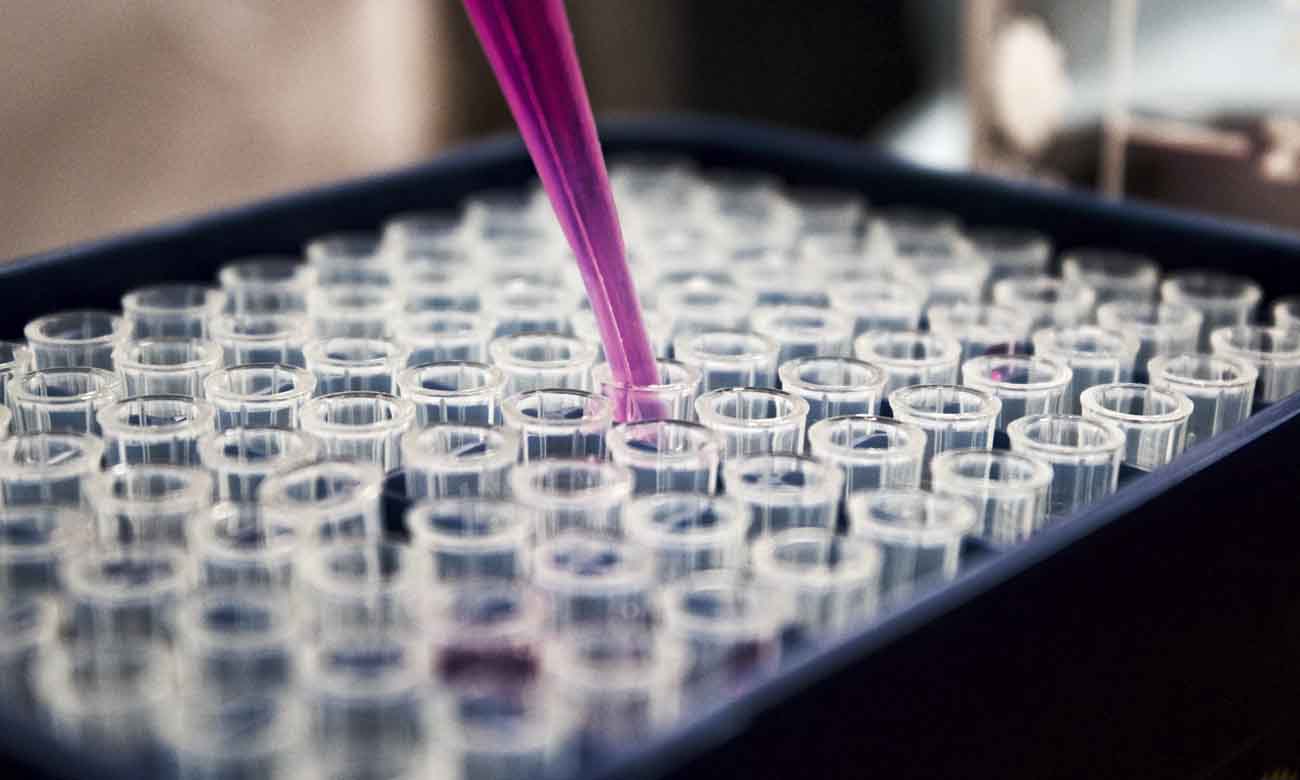Laboratory automation
Like many other sectors, the medical field is undergoing a revolution. Technological advances in data processing and automation in recent years are helping to see a new face for healthcare. Started in the 1980s, laboratory automation is one of the most visible elements of this shift and the benefits are present, for businesses and individuals alike.

Health 4.0 or digital health, a booming sector
While fintech has already turned the tables on the financial sphere, a new technological shift is underway: that related to our health. The digitalization of health care has been attracting significant investment for several years now. According to figures picked up by Fortune magazine, venture capital funds contributed $14.6 billion to the sector in 2018. The Healthcare 4.0 market was valued at $4 billion in 2019.
The American tech giants are not mistaken and hope to get their share of this juicy market. For years now, GAFAM and consort have been consolidating their respective positions in the sector through acquisitions or equity investments. Google, for example, has invested in more than 60 companies in the Health Tech sector. Another example is IBM, which has contributed billions of dollars in the field.
This change in the health sector takes place around different axes. On one hand, the rise of the Internet of Things will enable the future to ensure optimal and personalized patient follow-up. On the other hand, data collection and processing will provide the opportunity to make new connections and boost research and development in many areas. In addition, robotics and automation involve proofed changes in operating procedures. Finally, artificial intelligence should strengthen the possibilities in medical imaging and diagnostics to name but a few.
At the laboratory level, automation has been underway for a few years to ensure ever more efficient monitoring and to increase the potential for deduction and analysis of existing facilities.
Benefits of laboratory automation
Automation of laboratories has become a standard over the years to ensure an efficient and transparent process. The benefits are many.
First, automation increases the processing speed and thus decreases the waiting time for results. Indirectly, this reduces costs, especially if patients are hospitalized.
Second, the influence on the error rate is obvious. The common man considers the results of laboratory tests to be reliable and most medical treatments are determined based on such analysis (about 70%). It is wrong to believe that the margin of error is tiny. In 2006, the error rate in France was estimated at 10% by the Inspectorate of Social Affairs. While considerable regulatory and control efforts have been made since then, the error rate is still present and may lead to misdiagnosis. In the United States in 2017, a study estimated that medical errors were the third leading cause of death for patients with cancers and heart attacks. According to ECRI, 12 million Americans experience a mis-diagnosis each year. Reducing errors is therefore a priority.
Automation can help reduce the error rate because the cause is human in most cases. The common causes in the diagnostic phase are an error in tube filling, mis-identification of the patient, an error in the type of test performed, a labeling error or even more simply the loss of samples.
Beyond this objective of greater efficiency, automation obviously saves money. These savings often translate into lower labour costs. The labour force is the most important cost in most laboratories. By automating certain tasks, this workforce can be redeployed and used more effectively.
Finally, the automation of laboratories allows for better management of processes and workload. It is possible to ensure the traceability of samples and to identify faults more effectively. This optimization is essential in the age of big data as the medical data to be processed is constantly increasing. The annual growth rate of health data is currently estimated to be around 50%. This growth is expected to increase as connected objects invade our daily lives. By automating laboratories, medical specialists are empowering themselves to take advantage of the multitude of data available.

Different areas of automation in the laboratory
Automation of laboratories is a global process, but several aspects can be distinguished:
- Automation of activities;
- Automation of traceability;
- Data management and processing.
Many actions related to the first two areas have been implemented for several years now. As mentioned above, the automation of laboratories began as early as the 1980s. The introduction of barcodes on samples is an example of automation.
Today, the focus is on data collection and processing so that science can be pushed one step further. The task is far from easy. Laboratories are confronted with a variety of data sources: forms and patient records, but also all the results of collectors, sensors or monitors, as wells as data from connected objects.
This data can then be integrated on a platform or in a data management system to be digested and come out in various forms:
- Automated actions, e.g. emails, SMS as appointment reminders, sending results, etc.;
- Database from a research and development perspective;
- Medical platforms for patients or doctors;
- Creating individual reports, for example in the context of a patient whose heart rate or sugar levels need to be monitored.
These different methods of processing obviously involve a thorough reflection on the ownership of data and the use that is made of it. Ethical and legal issues need to be analysed. In addition, cybersecurity is an essential element in maintaining the privacy of information related to our health.
Ryax has developed a data processing platform in SaaS. We offer simple and effective solutions for laboratory automation and help you secure your data environment. If you would like more information on the subject, please contact us.
La Ryax Team.
